- No products in the cart.
Midrimaks drops Ch. 5ml vial-cap.
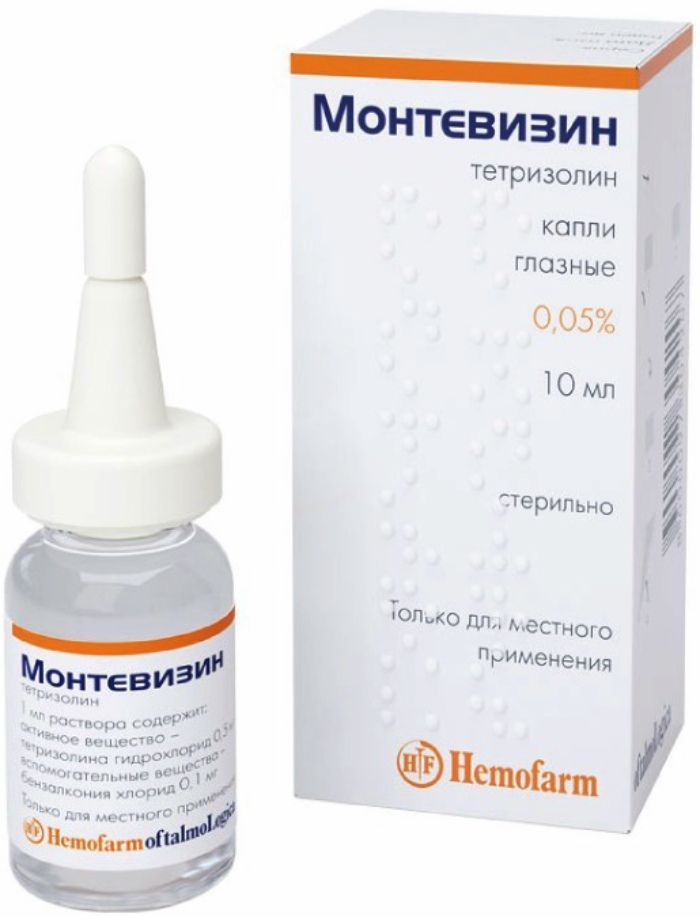
Montevizin drops Ch. 0.05% 10ml
$9.32
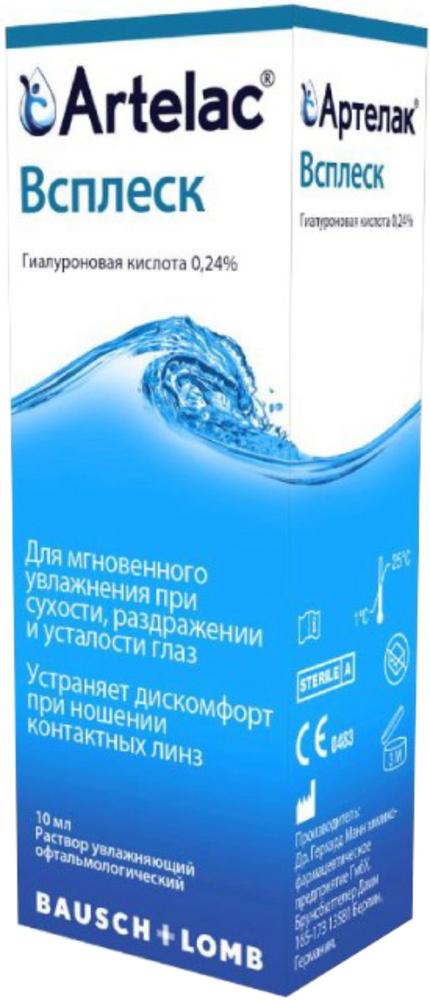
Artelak splash Ophthalmic solution moisturizing 10ml vial
$11.69
$24.39
Midrimaks drops Ch. 5ml vial-cap.
Description
Composition
Active substance:
1 ml contains: phenylephrine hydrochloride – 50.0 mg, tropicamide – 8.0 mg.
Excipients:
2 mg sodium metabisulphite, benzalkonium chloride 0.1 mg Disodium edetate 1.0 mg, 5.0 mg of hypromellose, sodium hydroxide to pH 4.25, hydrochloric acid to pH 4.25 Water for injection to 1 ml.
Description:
The clear solution from colorless to pale brownish-yellow.
Product form:
Eye drops. 5 ml plastic bottle with screw-cap dropper or in a plastic vial, sealed with a stopper dropper, closed with plastic screw cap with tamper-evident. Each vial-dropper or plastic vial together with instructions for use placed in a cardboard box.
Contraindications
Hypersensitivity to any of the components, and narrow-angle-closure glaucoma, mixed glaucoma; diseases of the cardiovascular system (including koronaroskleroza, angina, arrhythmias, hypertensive crisis), renal porphyria, thyrotoxicosis, diabetes mellitus type 1, simultaneous reception (as well as 3 weeks after their withdrawal) monoamine oxidase inhibitors (MAO), childhood under 12 years, pregnancy, lactation.
Carefully.
Type 2 diabetes mellitus, older age (risk of ventricular arrhythmias, and myocardial infarction in patients with diseases of the cardiovascular system), patients with cerebrovascular disease, conditions after surgery (decreased conjunctival healing).
Dosage
8 mg + 50 mg
Indications
Used as a mydriatic agent:
with ophthalmic diagnostic procedures;
before surgical operations and laser;
for violations of the accommodation and treatment of progressive myopia (in the complex therapy).
Interaction with other drugs
Agonists increase, m-holinomimetiki – weaken the effect of tropicamide.
Tricyclic antidepressants, phenothiazines, amantadine, quinidine, antihistamine drugs increase the likelihood of systemic side effects tropicamide.
Atropine increases the mydriatic effect of phenylephrine. The simultaneous use of MAO inhibitors as well as for 21 days after termination of reception increases the risk of systemic adrenergic effects.
Vasopressor action of alpha-agonists may also increase when conscientious administration with tricyclic antidepressants, propranolol, guanethidine, methyldopa and m-holinoblokatorami. beta-blockers increase the risk of a sharp rise in blood pressure. Phenylephrine increases the risk of depression cardiovascular activity during inhalation general anesthesia.
In the appointment of beta-blockers may increase the vasoconstrictor action of phenylephrine due to the suppression of vasodilation.
Because of the risk of hypertensive crisis is not recommended sharing phenylephrine and guanetidina, as well as any other blocker or inhibitor of monoamine reuptake.
The simultaneous use of monoamine oxidase inhibitors and for three weeks after termination of reception increases the risk of systemic adrenergic effects.
Vasopressor action of agonists may also increase when combined with the use of tricyclic antidepressants, methyldopa and m holinoblokatorami.
Pre-instillation of local anesthetics may increase the systemic absorption of the active substances and prolong mydriasis.
Overdose
Data on overdose tropicamide and phenylephrine in the local application no.
Symptoms (in case of accidental ingestion orally): dry skin and mucous membranes, hyperthermia, tachycardia, mydriasis, agitation, convulsions, coma, respiratory depression.
Treatment: gastric lavage, administration of activated charcoal; as antidote – physostigmine (0.03 mg / kg by slow intravenous injection), benzodiazepines; to eliminate hyperthermia – cold compresses. For relief of systemic phenylephrine – alpha blockers (5-10 mg of phentolamine intravenously injected with repeated if necessary).
pharmachologic effect
Pharmacological group:
Ophthalmic diseases Diagnostic Tool (m + holinoblokator-alpha-agonists).
Pharmacodynamics:
Phenylephrine – non-selective alpha-agonists. When instillation in the eye causes dilation of the pupil, it enhances the outflow of intraocular fluid and constricts blood vessels of the conjunctiva. Phenylephrine has a pronounced stimulating action on postsynaptic alpha-adrenoceptors, has very little effect on beta1-adrenergic receptors. It has a vasoconstrictor action, such actions of norepinephrine (noradrenaline), while it is practically absent chronotropic and inotropic effect on the heart. Pressor effect of phenylephrine is weaker than that of norepinephrine, but is longer. After instillation of phenylephrine reduces the iris dilator muscle and smooth muscle of the arterioles of the conjunctiva, thereby causing mydriasis. Mydriasis occurs within 10-60 minutes after a single instillation and maintained for 4-6 h. Mydriasis induced by phenylephrine, not accompanied cycloplegic. Phenylephrine complements tropicamide, since their mechanisms of action are different. Introduction together with tropicamide phenylephrine reduces or suppresses the ability tropicamide raise intraocular pressure.
Tropicamide – m-holinoblokator blocks m-cholinergic receptors of the sphincter of the pupil and the ciliary muscle, causing a short-term mydriasis and paralysis of accommodation. Slightly raises the intraocular pressure. Mydriasis during treatment with tropicamide develops after 5-10 minutes and reaches a maximum of 20-45 minutes. Maximum expansion of the pupil is maintained for 1 hour and normalized after 6 hours.
Pharmacokinetics:
Phenylephrine easily penetrates into the ocular tissue, the maximum plasma concentration occurs within 10-20 minutes after topical application. Phenylephrine is excreted by the kidneys in unchanged form (
Tropicamide easily penetrates the ocular tissue and is rapidly absorbed into the bloodstream. When using the modified radioreceptor assay lower limit of detection in the plasma tropicamide was less than 240 ng / ml, the range determination – 240 ng / ml – 10 ng / ml. Mean maximum plasma concentration at five minutes after administration was 2.8 ± 1.7 ng / ml.
After 60 minutes the concentration of tropicamide in the plasma was 0.46 ± 0.51 ng / ml, while 120th -below 240 ng / ml.
Pregnancy and breast-feeding
Pregnancy
Category C Health and Safety has not been established in pregnant women. Use of the drug for the treatment of pregnant women is possible on prescription if the expected therapeutic effect is greater than the risk of potential side effects to the fetus.
Breastfeeding
It is not known whether the components of the preparation are allocated to breast milk. Caution should be exercised when used in breastfeeding women.
Conditions of supply of pharmacies
On prescription.
side effects
local:
Allergic reactions, increased intraocular pressure, transient pain, burning sensation in the eye and photophobia, transient reduction of pigment release into the aqueous humor with a temporary increase in intraocular pressure, blockage of the anterior chamber angle (the narrowing of the angle), pain in the brow, lacrimation, redness conjunctivitis, keratitis; rarely – reactive cramps the day after the application (repeated instillation of the drug at this time may give less pronounced mydriasis than the day before, the effect is often seen in elderly patients).
System:
Pallor, dry mouth, redness and dryness of the skin, contact dermatitis, headache, syncope, lowering blood pressure, palpitations, tachycardia and arrhythmia, bradycardia, decrease in blood pressure, ventricular occlusion of the coronary arteries, pulmonary embolism, by the violation CNS and muscle rigidity, frequent urge to urinate, difficulty urinating, decreased tone of the gastrointestinal tract and peristalsis, leading to constipation. Sometimes – vomiting and dizziness.
In elderly patients with diseases of the cardiovascular system are possible ventricular arrhythmias, myocardial infarction.
special instructions
After use of the drug due to changes in accommodation and the width of the pupil may decrease visual acuity, so the use of the drug is not recommended when driving vehicles and occupation of other potentially hazardous activities that require high concentration and psychomotor speed reactions.
Due to the significant reduction of pupil dilator 30-45 minutes after instillation in the anterior chamber humidity may be detected by the pigment particles from the pigment layer of the iris. The slurry moisture in the chamber must be differentiated manifestations anterior uveitis or to exposure of blood cells in the anterior chamber moisture.
Preservatives contained in the product may be absorbed by soft contact lenses. The drug can be irritating to the eye when wearing contact lenses, so any contact lenses should be removed before instillation and wear no earlier than 15 minutes after. Tsikloplegiki may increase intraocular pressure and provoke the development of angle-closure glaucoma in predisposed individuals, which should be considered and careful evaluation before treatment; tropicamide may induce the occurrence of psychoses.
In applying the droplets to avoid contact with the tip of the vial or a surface. To reduce the risk of systemic side effects is recommended that a slight pressure with your finger on the projection area of the lacrimal sac at the inner corner of the eye for 1-2 minutes after instillation.
Storage conditions
Store at a temperature not higher than 25 ° C, protected from light.
Do not freeze. Keep out of the reach of children.
Dosing and Administration
To extend the pupil during ophthalmic diagnostic and surgical interventions instilled into the conjunctival sac at 1-2 dropwise over 15-30 minutes prior to the procedure or operation.
For correction of accommodation – instill 1 drop in each eye at night for 2-4 weeks.
Information
Appearance may differ from that depicted in the picture. There are contraindications. You need to read the manual or consult with a specialist
Additional information
| Weight | 0.100 kg |
|---|---|
| Manufacturer | Sentis |

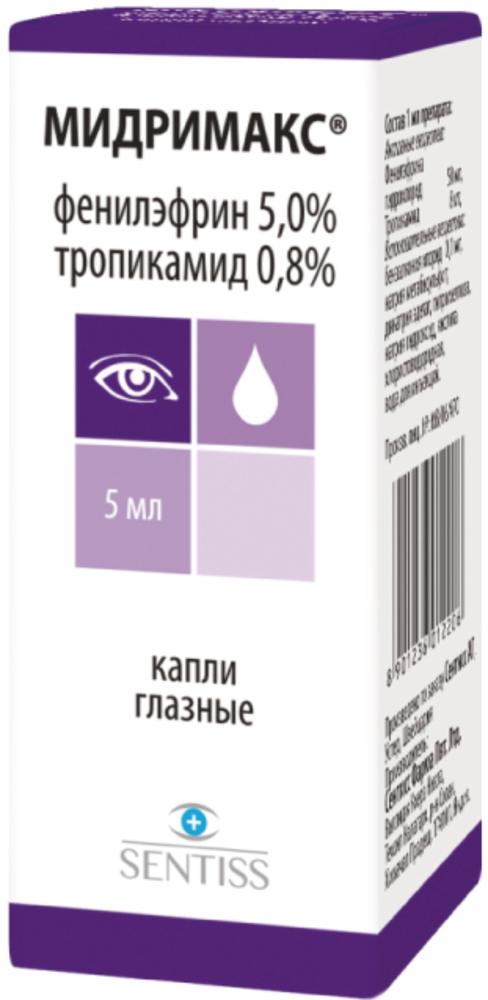
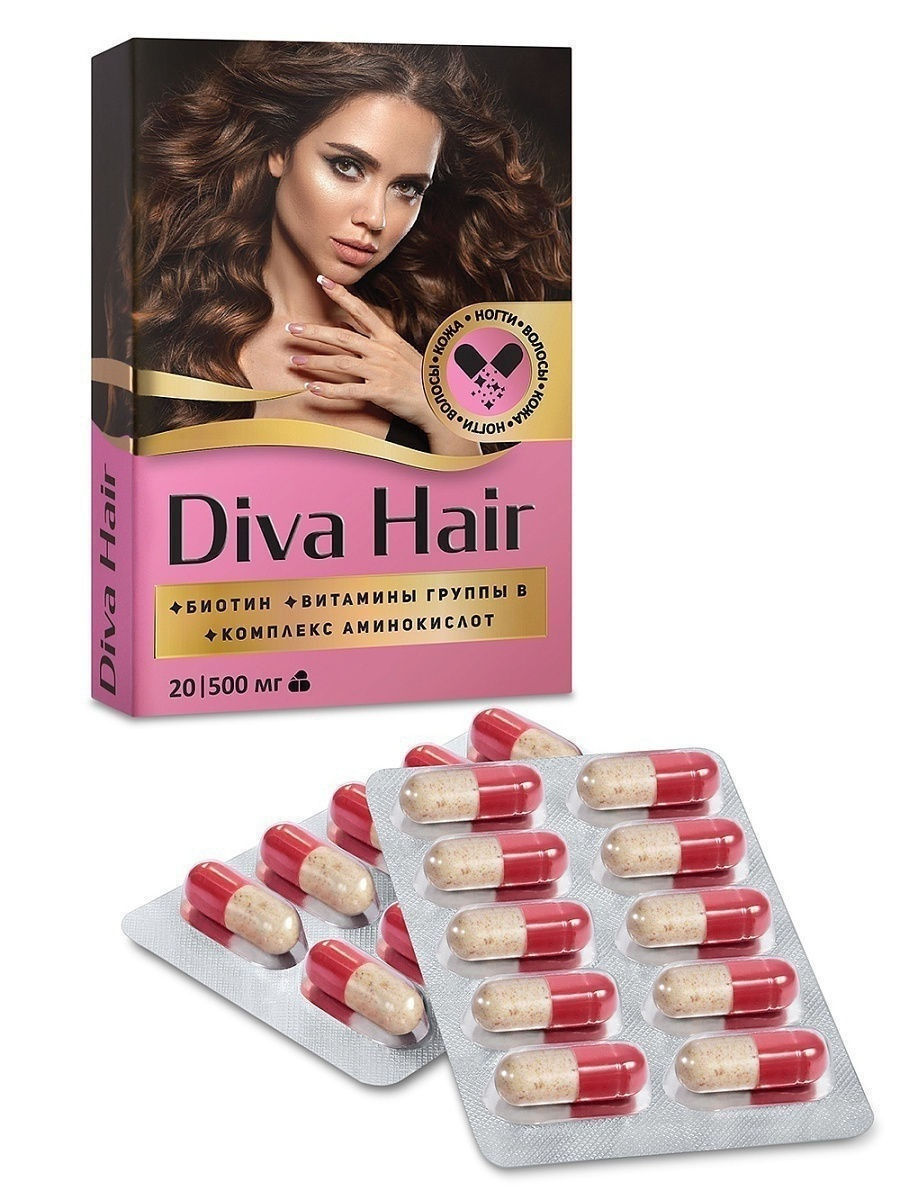
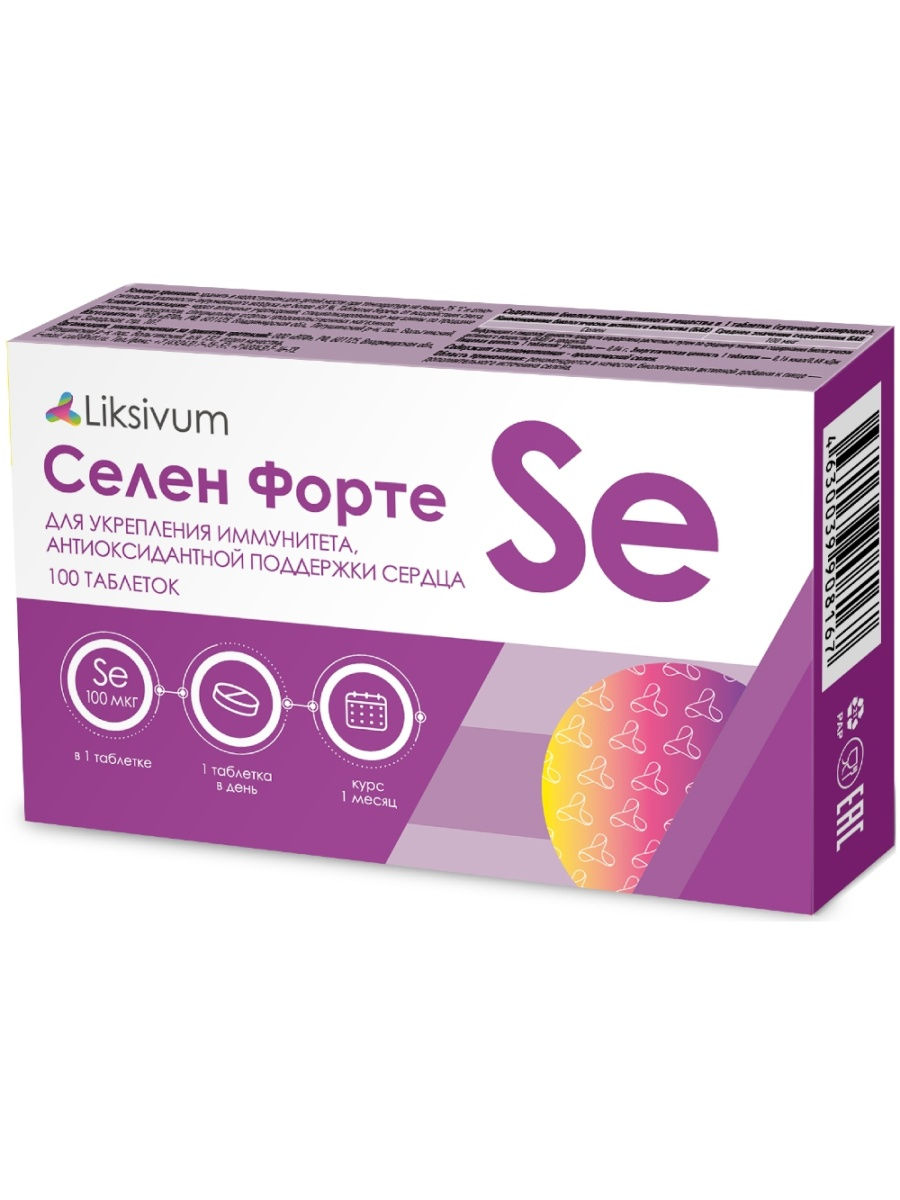


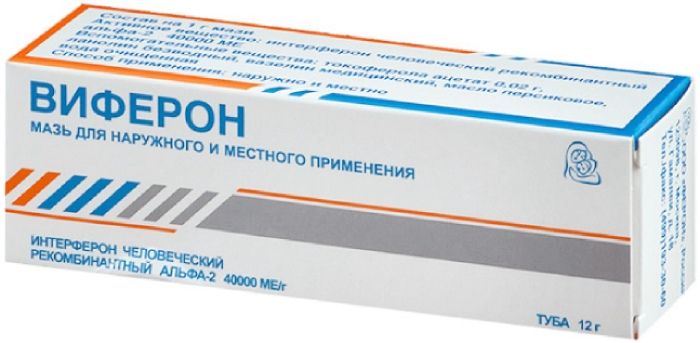
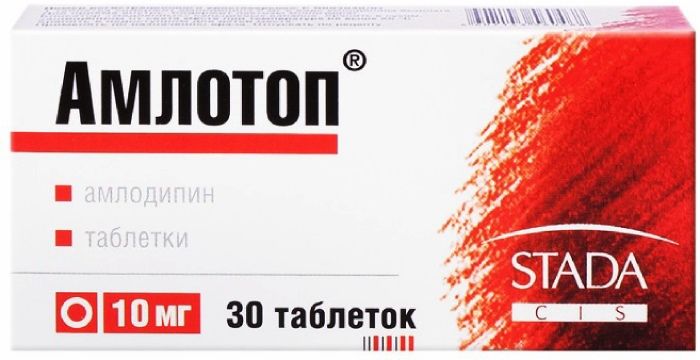




There are no reviews yet.